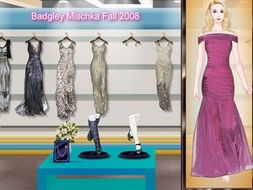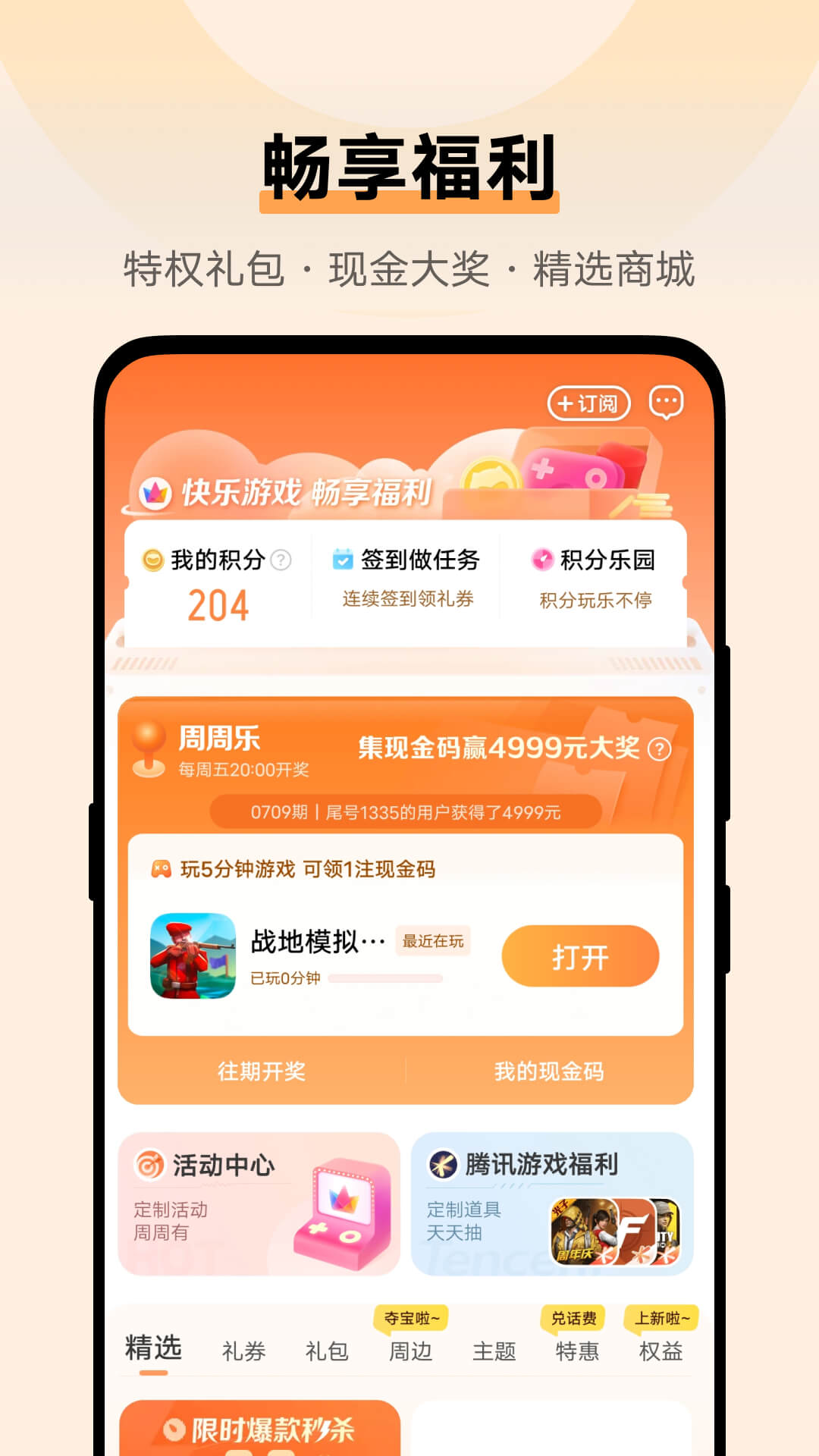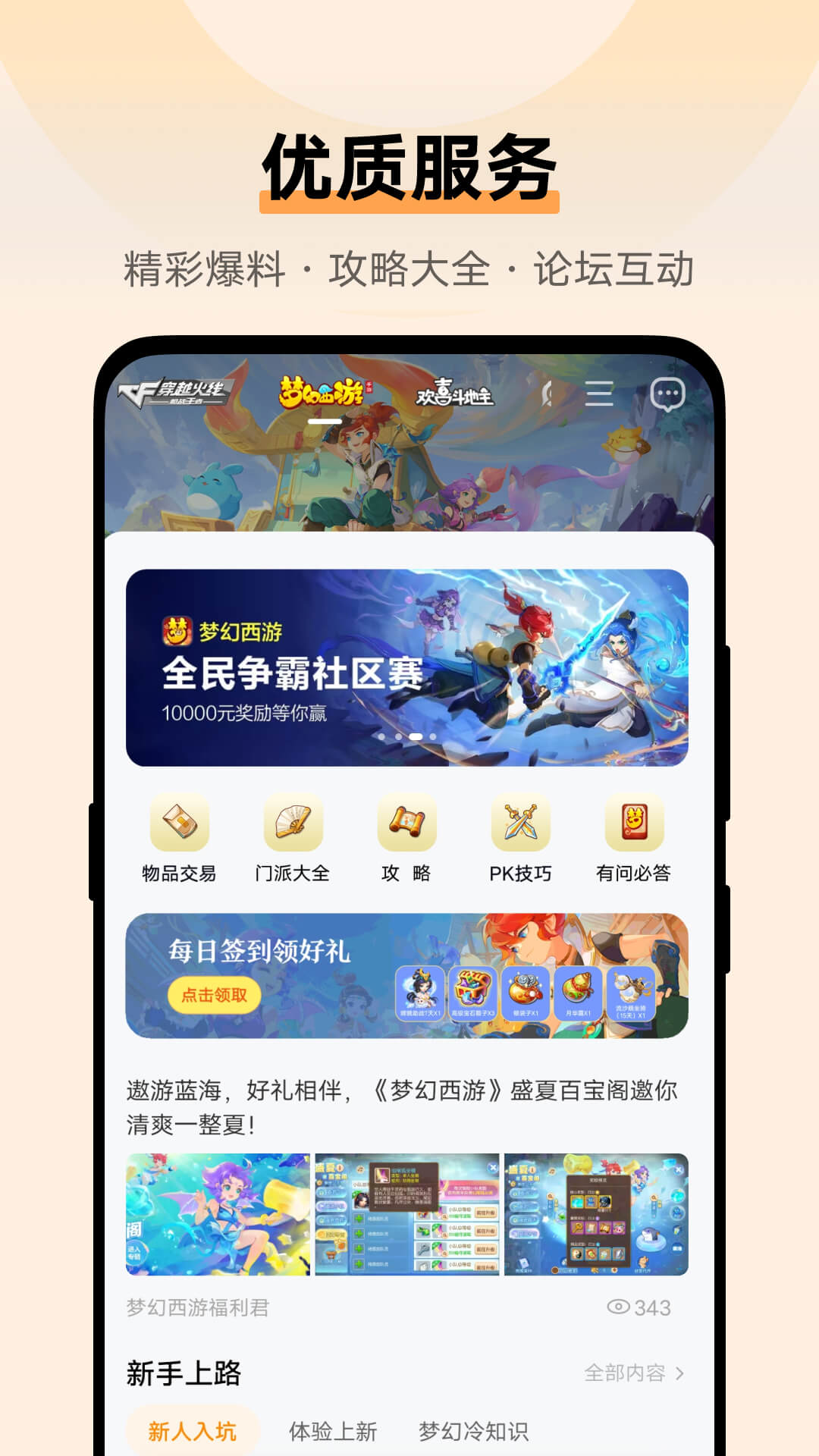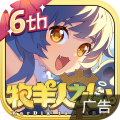 安卓版下载
安卓版下载
大小:80.06MB
下载:24308次
游戏中心安卓版
- 支 持:Android
- 分 类:手机游戏
- 大 小:80.06MB
- 版 本:
- 评 分:
- 开发者:
- 下载量:24308次
- 发 布:2024-11-26 10:42
手机扫码免费下载
#游戏中心安卓版截图
#游戏中心安卓版简介
Introduction to Clothing Games in English Learning

Learning English can be an engaging and fun experience, especially when it involves interactive activities. One such activity that combines education with entertainment is the use of clothing games. These games not only help students learn new vocabulary but also enhance their understanding of different clothing items and their usage. In this article, we will explore various clothing games that can be used in English language learning settings.
Benefits of Clothing Games

Clothing games offer several benefits to language learners. Firstly, they make the learning process more enjoyable and engaging, which can lead to better retention of information. Secondly, these games help students practice their listening, speaking, and vocabulary skills in a real-life context. Lastly, they encourage creativity and critical thinking as students learn to match clothing items with different seasons, occasions, and body parts.
Types of Clothing Games

There are numerous clothing games that can be used in English classes. Here are some popular types:
1. TPR (Total Physical Response) Games
TPR games involve physical movements to reinforce language learning. For example, students can be asked to stand up and point to different body parts while saying the corresponding clothing items. This not only helps them learn the vocabulary but also improves their motor skills.
2. Matching Games
Matching games involve pairing clothing items with their correct names. Students can be given a list of clothing items and pictures, and they need to match the correct name with the picture. This can be done individually or in groups, depending on the class size and teacher's preference.
3. Dress-Up Games
Dress-Up games allow students to practice their vocabulary by choosing clothing items for different characters or scenarios. For instance, students can be given a scenario like \












